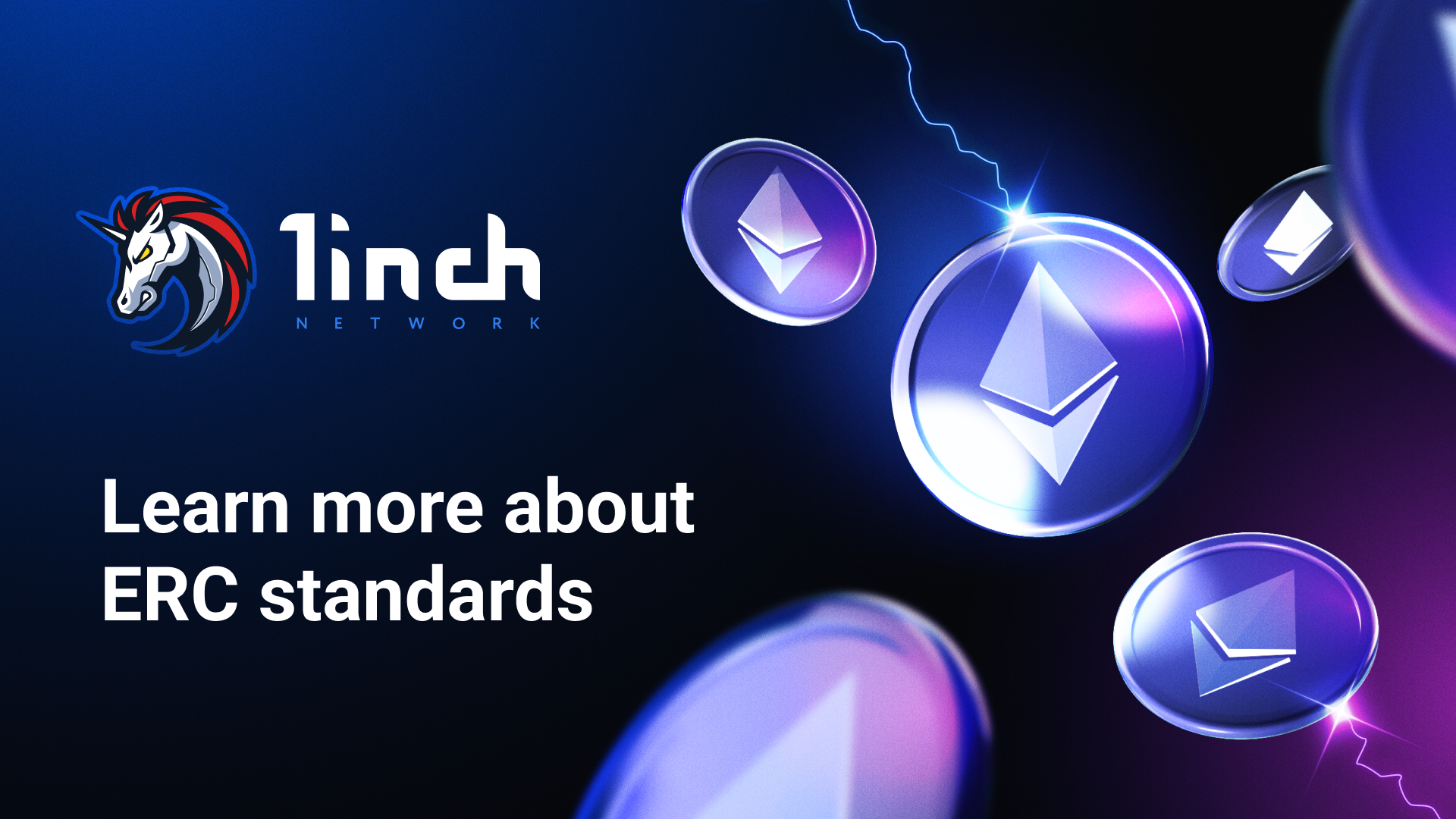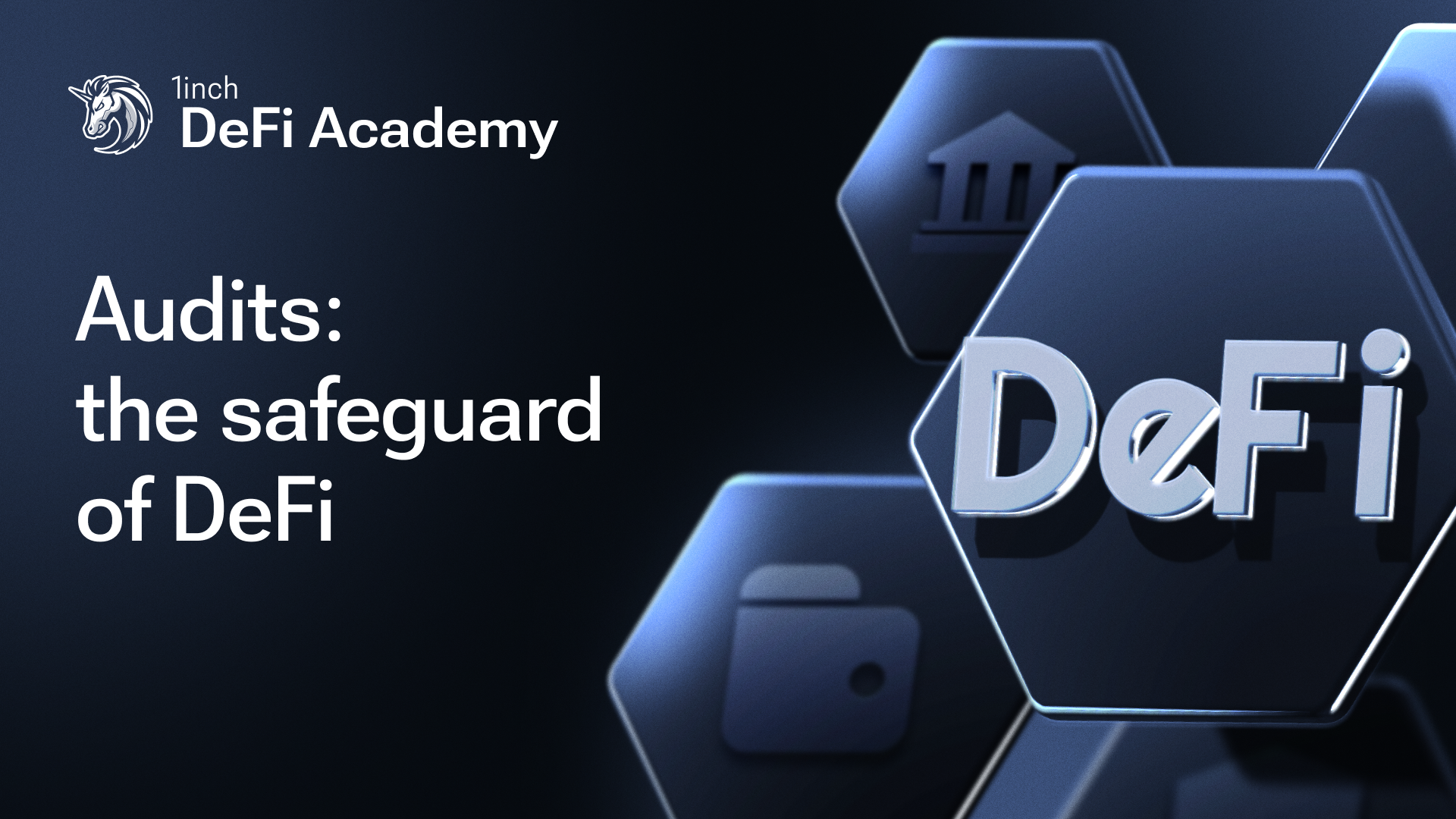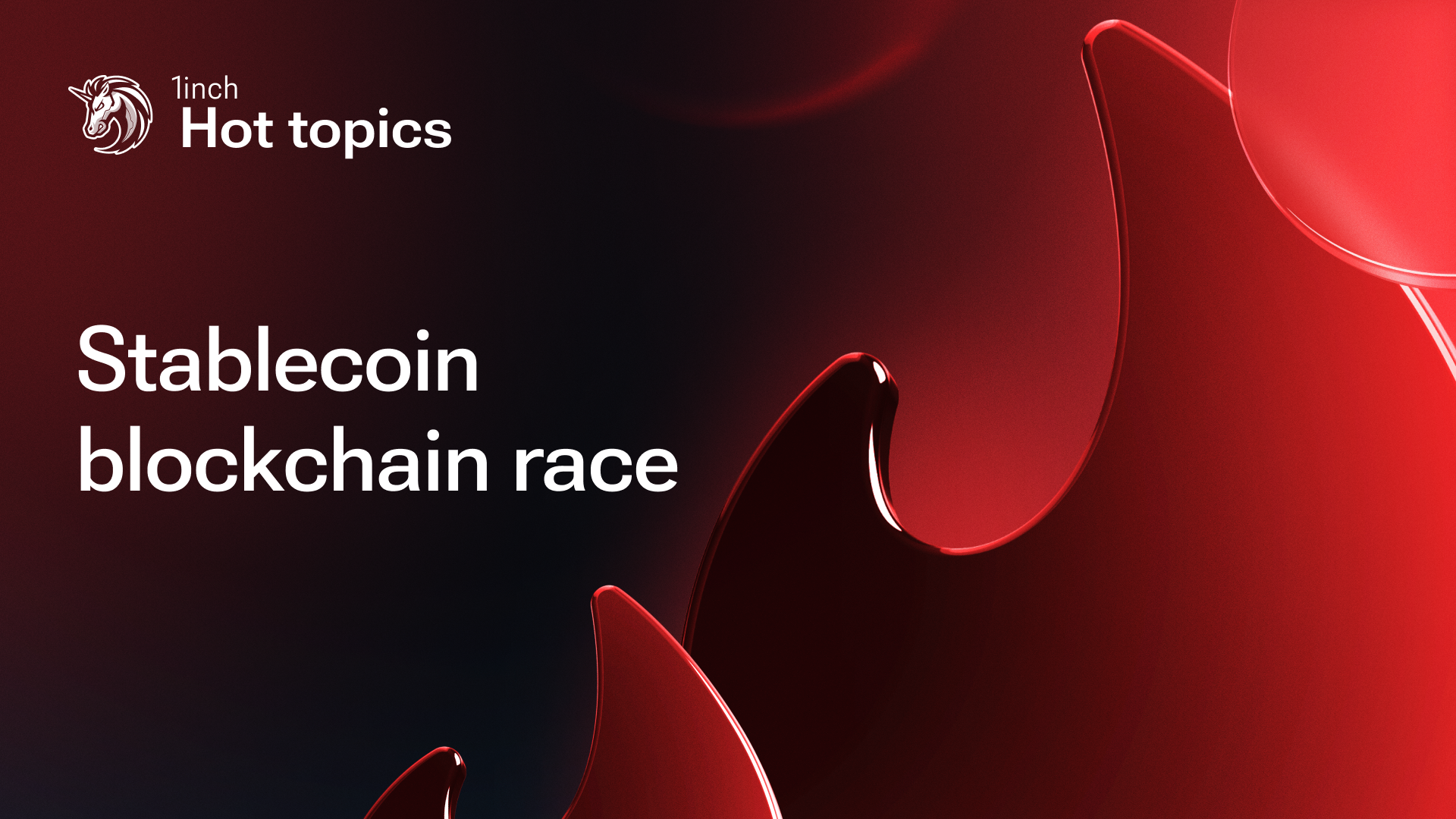Dissecting diverse ERC token standards

ERC standards shape the functionalities of tokens within the Ethereum ecosystem. Meanwhile, Ethereum continues to witness the emergence of improved ERC standards, each enhancing user experience in Web3.
Network frameworks for issuing tokens, referred to as standards, establish a set of rules and functions that developers must adhere to when launching new tokens on a particular blockchain. Ethereum Request for Comments (ERC) token standards support the Ethereum network and all interconnected projects operating on the blockchain.
Developers, Ethereum community members or anyone with an idea to enhance the network's functionality can come up with 'Ethereum Improvement Proposals' (EIPs). EIPs can introduce a new standard for token functionality or changes to an existing ERC standard. Once a specific EIP undergoes community review and is implemented, it leads to the creation of a new ERC or updates to an existing ERC, ensuring innovation in the Ethereum ecosystem.
Most widely used ERC standards in the Ethereum ecosystem
ERC-20 is a fundamental token standard for creating fungible tokens on Ethereum and its L2 scaling solutions, used by cryptocurrencies like ETH, DAI, 1INCH and many other popular tokens. A key characteristic of ERC-20 tokens is their fungibility, meaning that each token is equal in value to another, increasing their utility as a means of exchange. ERC-20 tokens can also be used for organizing crowdfunding campaigns or ICOs and creating additional cryptocurrencies. ERC-20 defines a standardized interface that enables any compliant tokens on Ethereum to be easily utilized across wallets, dApps, DEXes and other platforms within the ecosystem. The popularity of ERC-20 tokens, introduced in 2015, has been instrumental in the subsequent growth of the Initial Coin Offering (ICO) market, as it simplified the token creation process.
ERC-20 functionalities include transferring tokens between different accounts, retrieving the current token balance on an account and obtaining a figure for the total supply on the network. ERC-20 tokens are also used to grant approval for a third-party account to spend a certain amount of tokens from another account.
In addition to these main functionalities, others may also be introduced. While ERC-20 has become the industry standard for token implementation, it has limitations. Although it offers stability and ease of use, it restricts the complexity of token designs. Alternative token standards may be necessary for more advanced use cases involving complex smart contract conditions or automated processes.
ERC-721 is specifically designed for non-fungible tokens (NFTs). NFTs are one-of-a-kind assets and cannot be considered equal in value to any other token. They represent ownership for various digital or physical assets, such as unique artwork, virtual collectibles, real estate or intangible assets, like loans. Unlike traditional fungible tokens, each NFT requires separate ownership tracking, making ERC-721 an essential standard to ensure ownership transfer between users. Moreover, access control features enable developers to implement restrictions on who can transfer NFTs, ensuring secure and controlled ownership. Trading NFTs for other currencies is another crucial functionality facilitated by ERC-721.
Tracking the total supply of NFTs on the network is essential for understanding market dynamics and scarcity. Additionally, ERC-721 tokens enable developers to inquire about the owners of specific NFTs, a feature vital for marketplaces and platforms that rely on accurate ownership information.
Despite its many strengths, each transfer of multiple NFTs requires a separate transaction, impacting efficiency and transaction costs. Also, each smart contract can represent only one type of NFT, restricting the variety of NFTs managed by a single contract. Another limitation of ERC-721 is that no additional tokens can be included once the contract is deployed.
ERC-1155 combines features of ERC-20 and ERC-721, providing a versatile token standard for creating fungible, semi-fungible and non-fungible tokens with a unified smart contract interface. Unlike previous standards, a single contract in ERC-1155 can represent multiple token types.
ERC-1155 is particularly useful for applications like blockchain games, where thousands of token types may be required, making it essential to have a standard that supports a large number of tokens simultaneously. The motivation behind creating this standard was to address the redundancy and limitations imposed by deploying separate contracts for each token type or collection. This design introduces new possibilities, including the ability to transfer multiple token types in a single transaction, leading to cost savings. Additionally, it enables the implementation of trading (escrow/atomic swaps) for multiple tokens, eliminating the need to individually approve token contracts.
ERC-4626. This standard introduces an API for tokenized yield-bearing vaults, allowing users to hold shares representing a single ERC-20 token, thereby enhancing flexibility and functionality. ERC-4626 also offers essential functionalities for depositing or withdrawing tokens and checking balances.
Standard evolution
Every year, new and improved solutions are introduced through EIPs, contributing to the ongoing development of the blockchain ecosystem. Some token standards never obtain wider use after implementation. Sometimes, the authorization of new standards may take considerable time, as seen with ERC-4337, which was proposed in 2021 and finally launched in March 2023. This Ethereum standard improves Web3 UX by introducing account abstraction without modifying the core protocol. It replicates transactions as UserOperation objects, simplifying Ethereum node interactions and allows paying gas fees in ERC-20 tokens.
ERC-6551 is another recently introduced Ethereum standard for token-bound accounts (TBAs), which enables smart contract wallets for each ERC-721 NFT. TBAs maintain ERC-721’s advantages while overcoming limitations like provenance, composability, identity, dynamism and interactivity.




























